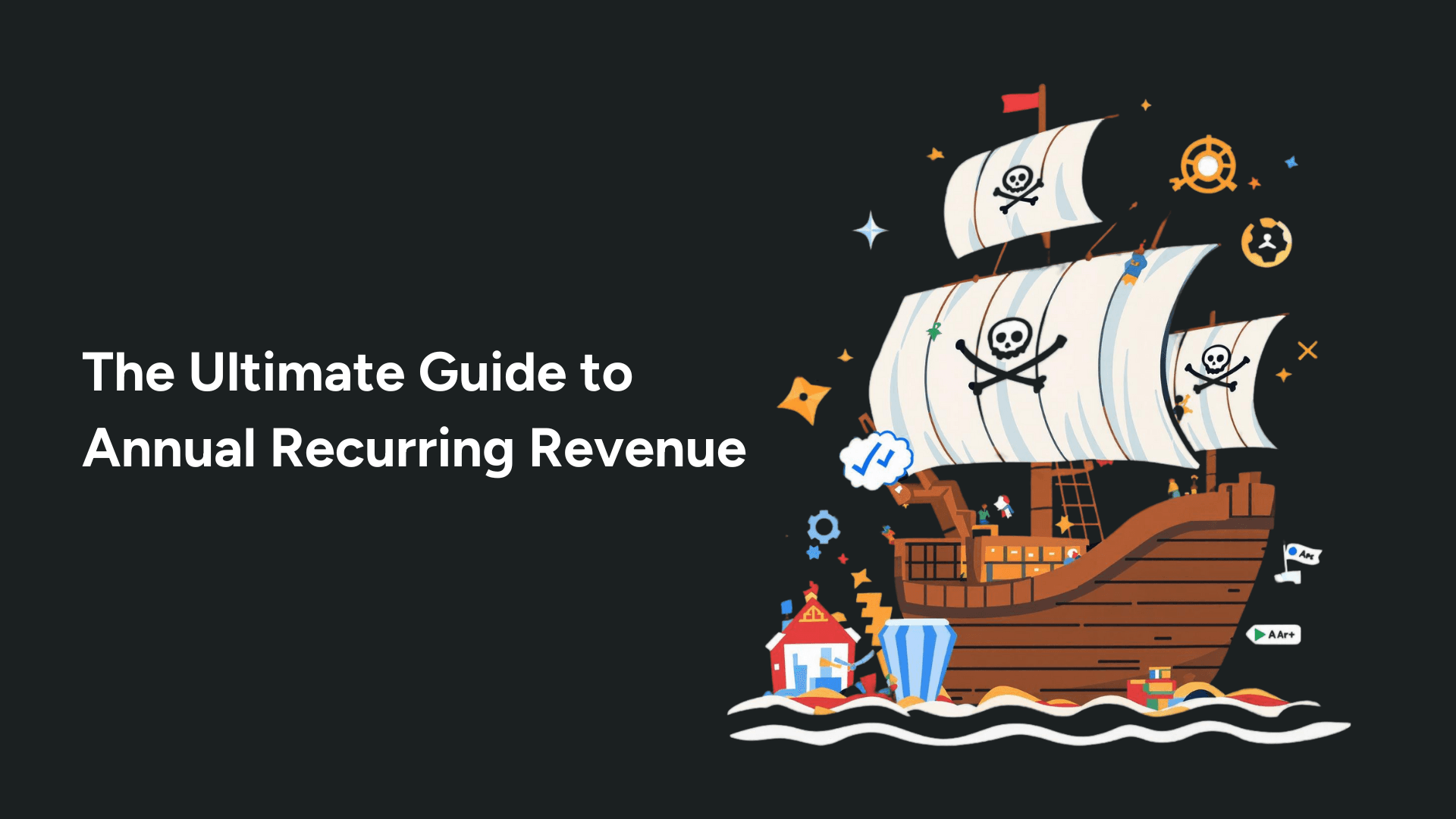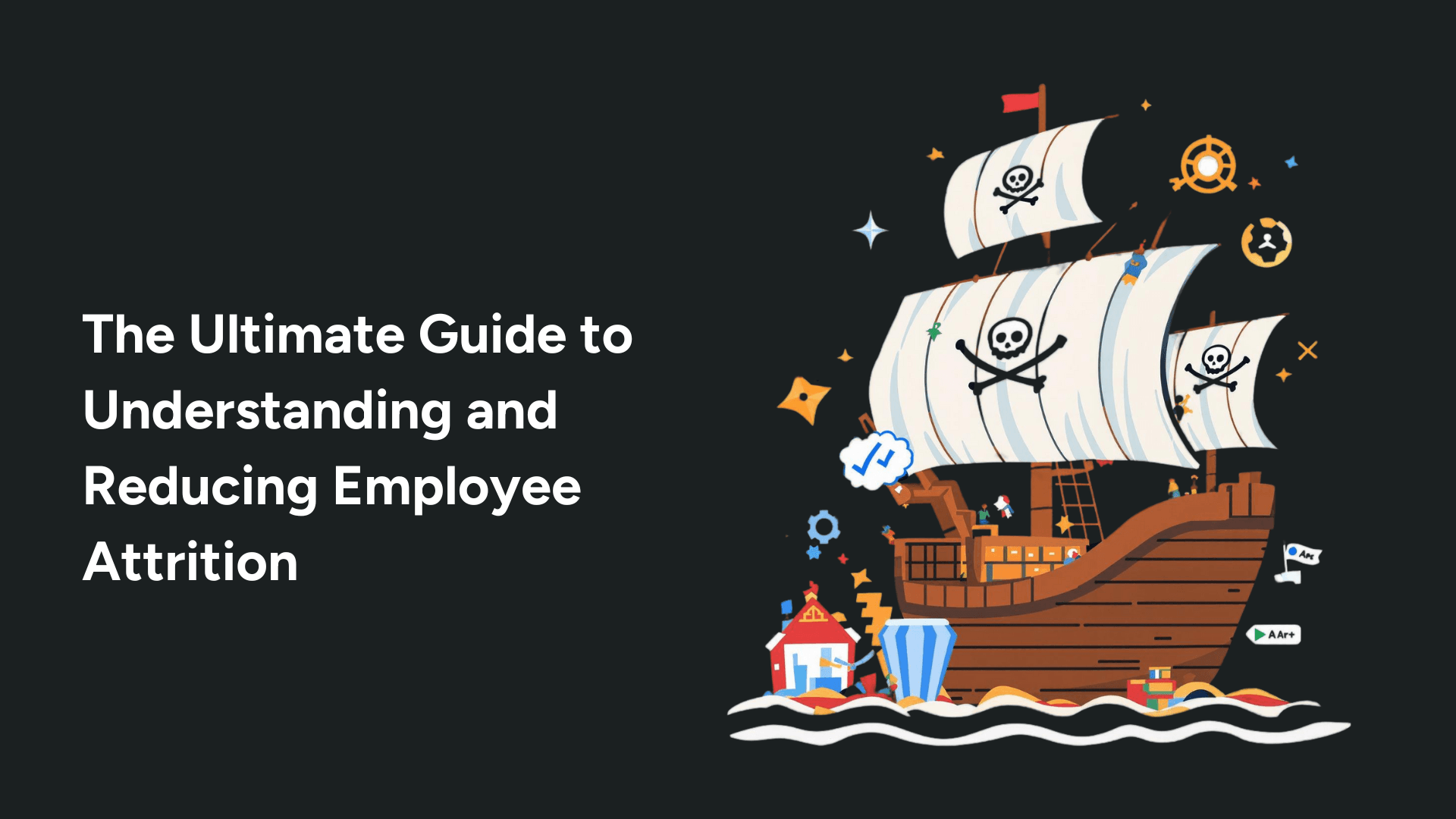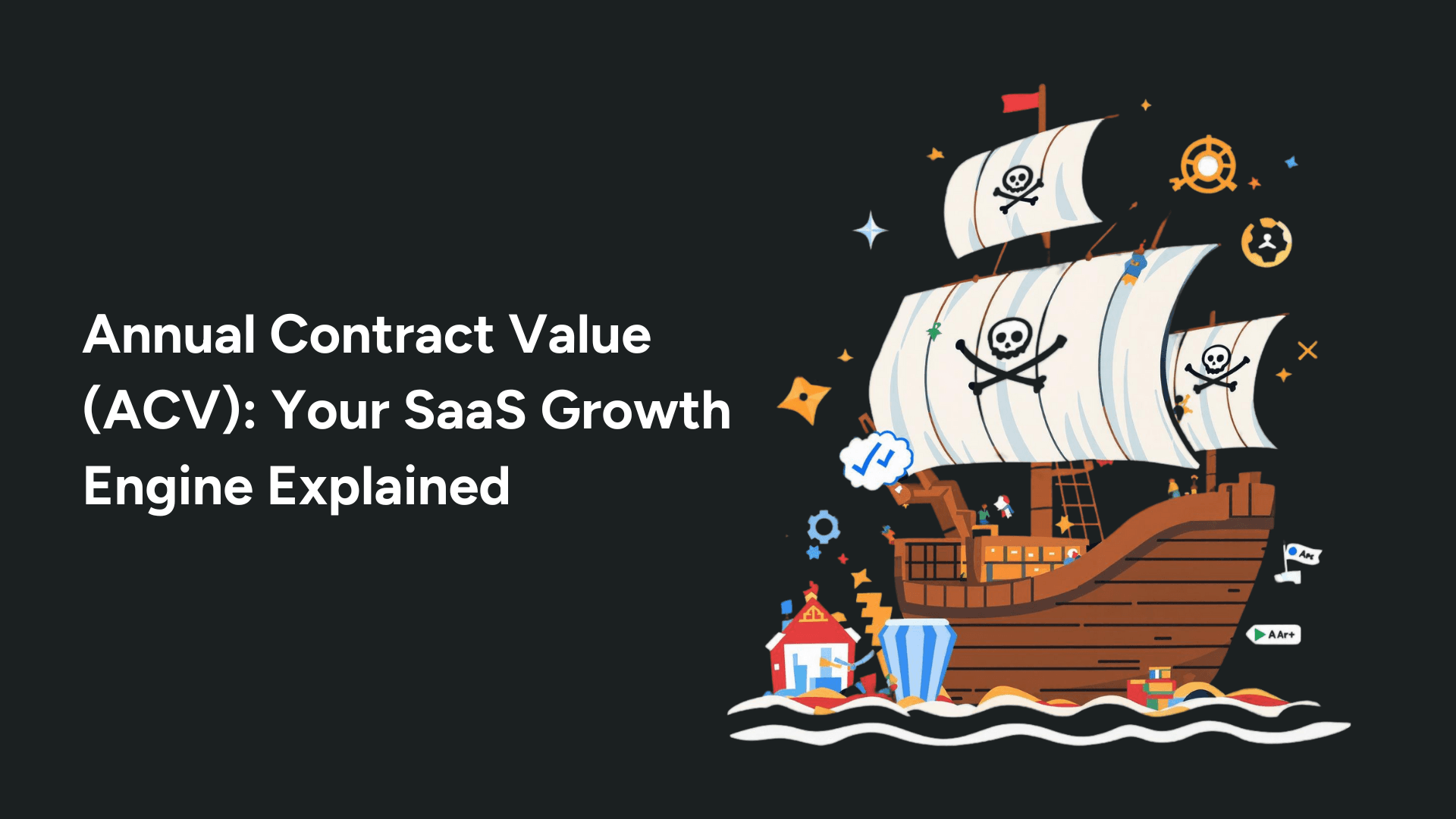In an era where SaaS companies face increasing pressure to demonstrate sustainable growth, mastering Annual Recurring Revenue (ARR) forecasting has become critical for success. This comprehensive guide demystifies ARR calculation and forecasting, offering practical frameworks for both early-stage startups and established SaaS businesses.
In the dynamic world of SaaS, understanding your revenue streams isn't just important—it's essential for survival. While traditional businesses focus on one-time sales, SaaS companies thrive on the predictable, recurring revenue that powers innovation and sustainable growth. At the heart of this model lies Annual Recurring Revenue (ARR), your company's financial crystal ball.
But here's the reality: despite its importance, many SaaS leaders struggle to effectively forecast and leverage ARR for strategic decision-making. Let's change that.
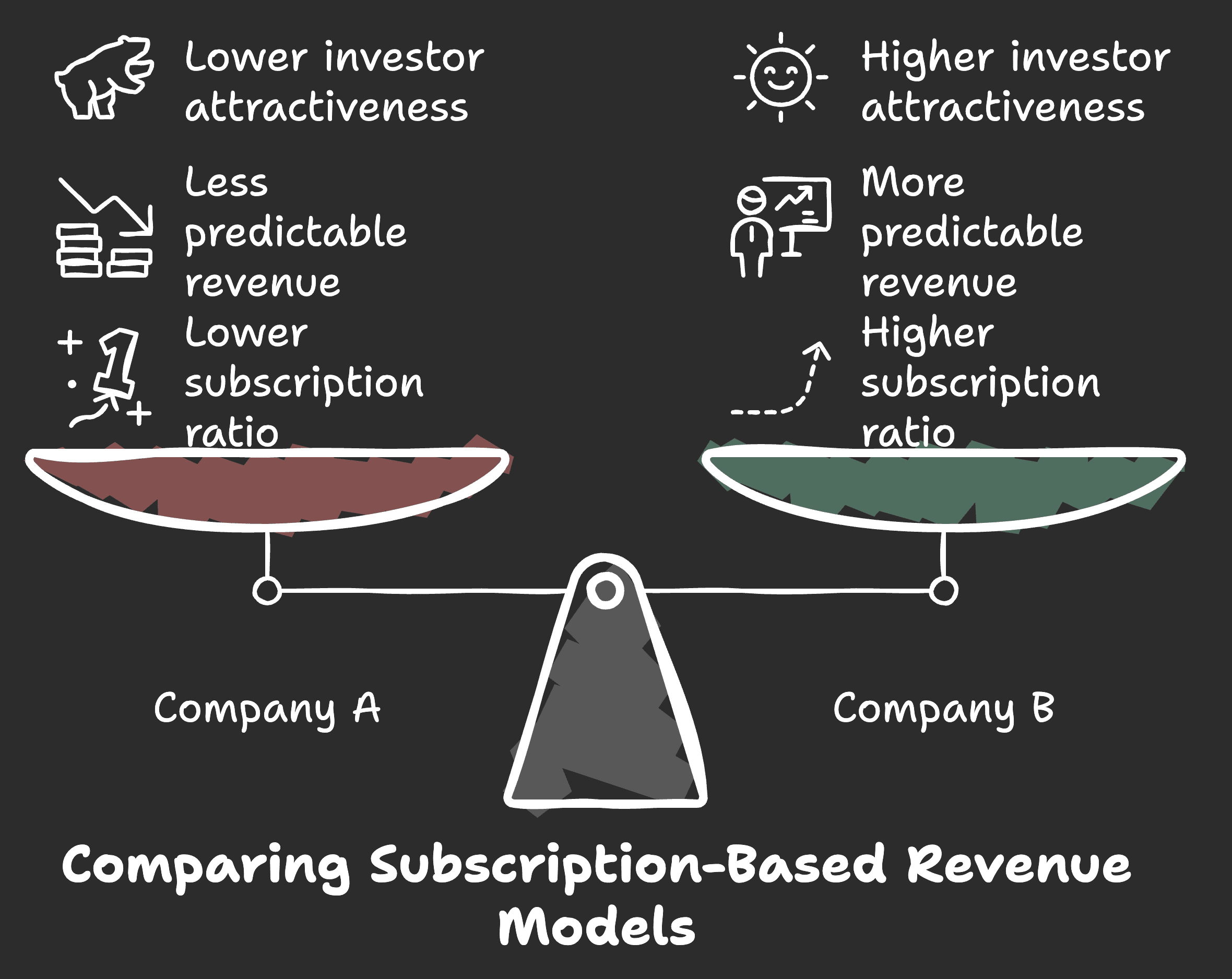
Demystifying ARR: The Backbone of Your SaaS Business
Think of ARR as your company's yearly subscription power. It's the sum of all recurring revenue normalized on an annual basis, excluding one-time fees and variable charges. But why does it matter so much?
Consider this real-world scenario: Company A has $1M in total revenue, with 80% from recurring subscriptions and 20% from professional services. Company B also has $1M in revenue but with 95% from subscriptions. While their top-line numbers look identical, Company B's higher ARR suggests greater predictability and scalability—making it more attractive to investors and potentially more valuable.
The ARR vs. MRR Debate
While Monthly Recurring Revenue (MRR) offers a granular view of your business, ARR provides a more strategic perspective, especially for companies with annual or multi-year contracts. Here's when to use each:
Use ARR when:
Your contracts are primarily annual or multi-year
You're planning long-term strategy
Speaking with investors or board members
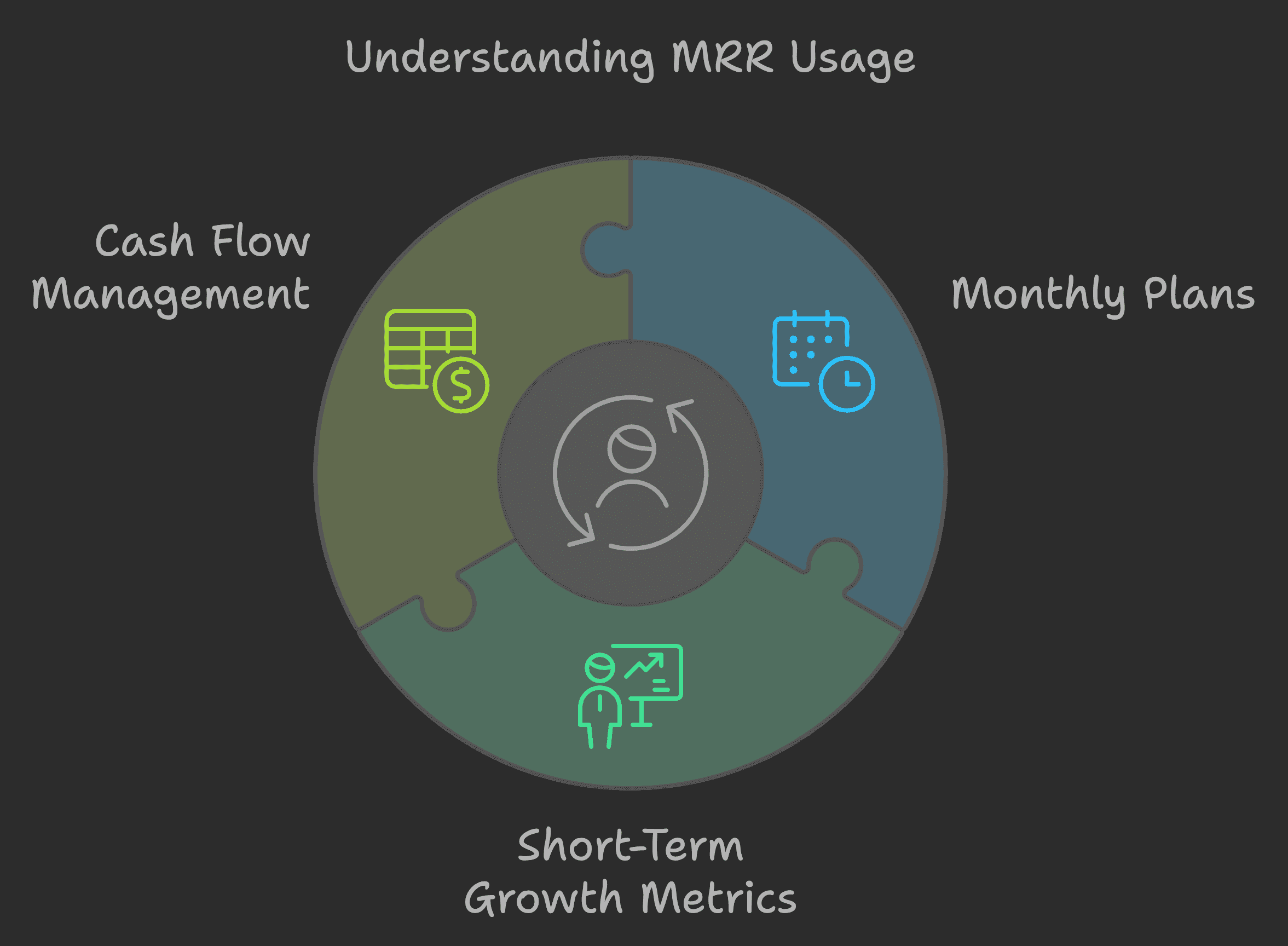
Use MRR when:
Most customers are on monthly plans
Tracking short-term growth metrics
Managing cash flow
Mastering the Art of SaaS ARR Calculation
But the devil is in the details. Let's break down the components:
New Business ARR: Revenue from new customers
Expansion ARR: Additional revenue from existing customers
Churn ARR: Lost revenue from cancellations
Contraction ARR: Reduced revenue from downgrades
Consider this example:
Starting ARR: $1,000,000
New Business: +$300,000
Expansion: +$200,000
Churn: -$100,000
Contraction: -$50,000
Ending ARR: $1,350,000
Building a Robust SaaS Revenue Model
Revenue forecasting isn't about perfect predictions—it's about making informed decisions. Here's how to build a model that works:
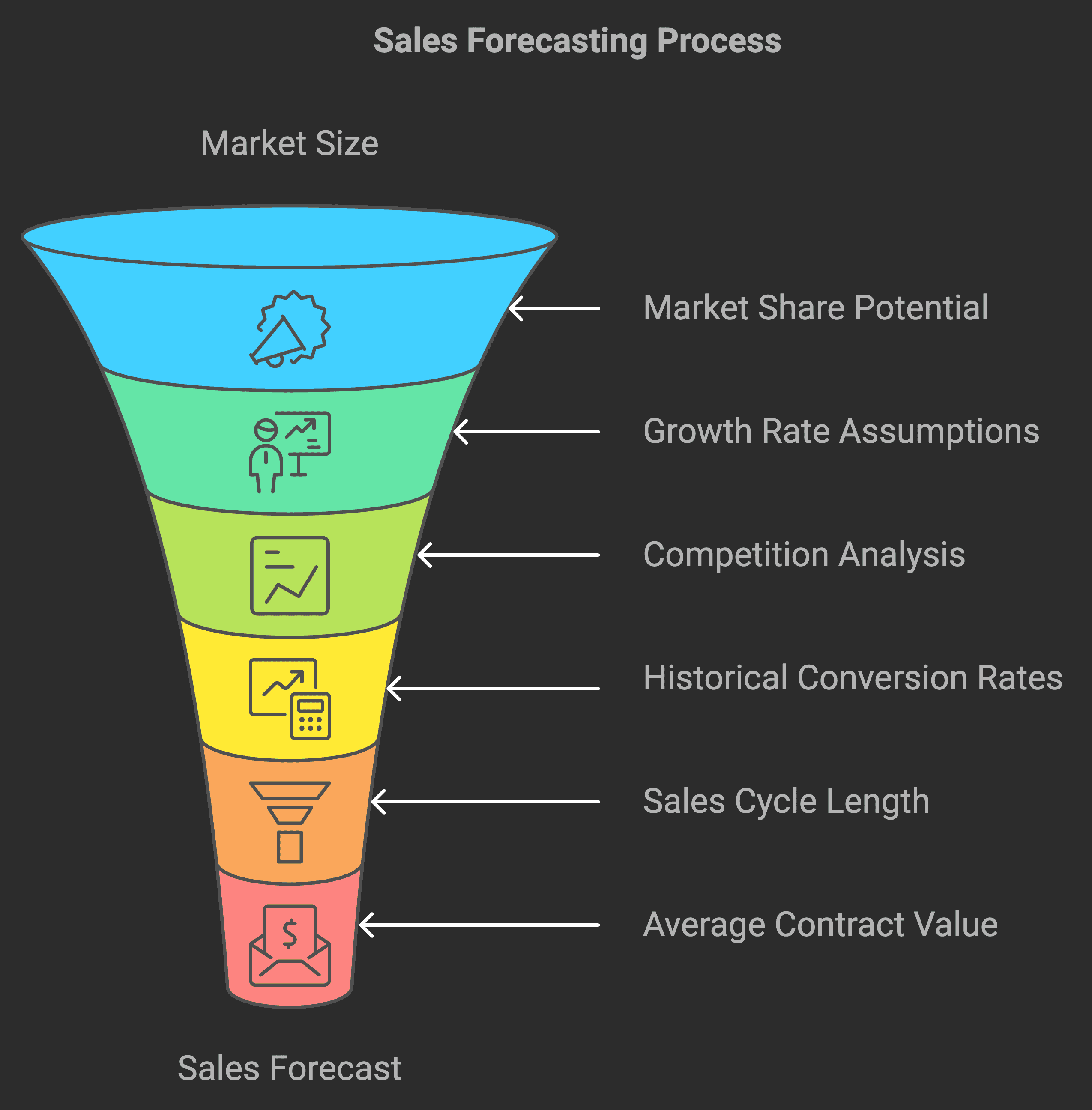
Bottom-Up Forecasting
Start with granular data:
Historical conversion rates
Sales cycle length
Average contract value
Churn rates
Expansion rates
Top-Down Forecasting
Begin with market size and work backward:
Total addressable market
Market share potential
Growth rate assumptions
Competition analysis
Pro Tip: Early-stage startups should focus on bottom-up forecasting, as it relies more on actual data than market assumptions.
Level Up Your Forecasting: Momentum ARR Tables
Momentum ARR tables are your secret weapon for sophisticated forecasting. Here's how to use them:
Create Monthly Snapshots
Starting ARR
New ARR
Expansion ARR
Churn ARR
Contraction ARR
Ending ARR
Analyze Trends
Growth rate consistency
Seasonal patterns
Churn clusters
Expansion opportunities
From ARR to GAAP Revenue: Bridging the Gap
Understanding the relationship between ARR and GAAP revenue is crucial for accurate financial reporting. Here's what you need to know:
Contracted vs. Deployed ARR
Contracted ARR (CARR): Revenue from signed contracts
Live ARR (LARR): Revenue from actively deployed services
The gap between CARR and LARR affects both cash flow and GAAP revenue recognition. For example, a $120K annual contract signed in December but deployed in January creates a timing difference between ARR and recognized revenue.
Best Practices for Revenue Recognition
Track implementation timelines
Monitor deployment milestones
Document revenue recognition policies
Maintain separate metrics for CARR and LARR
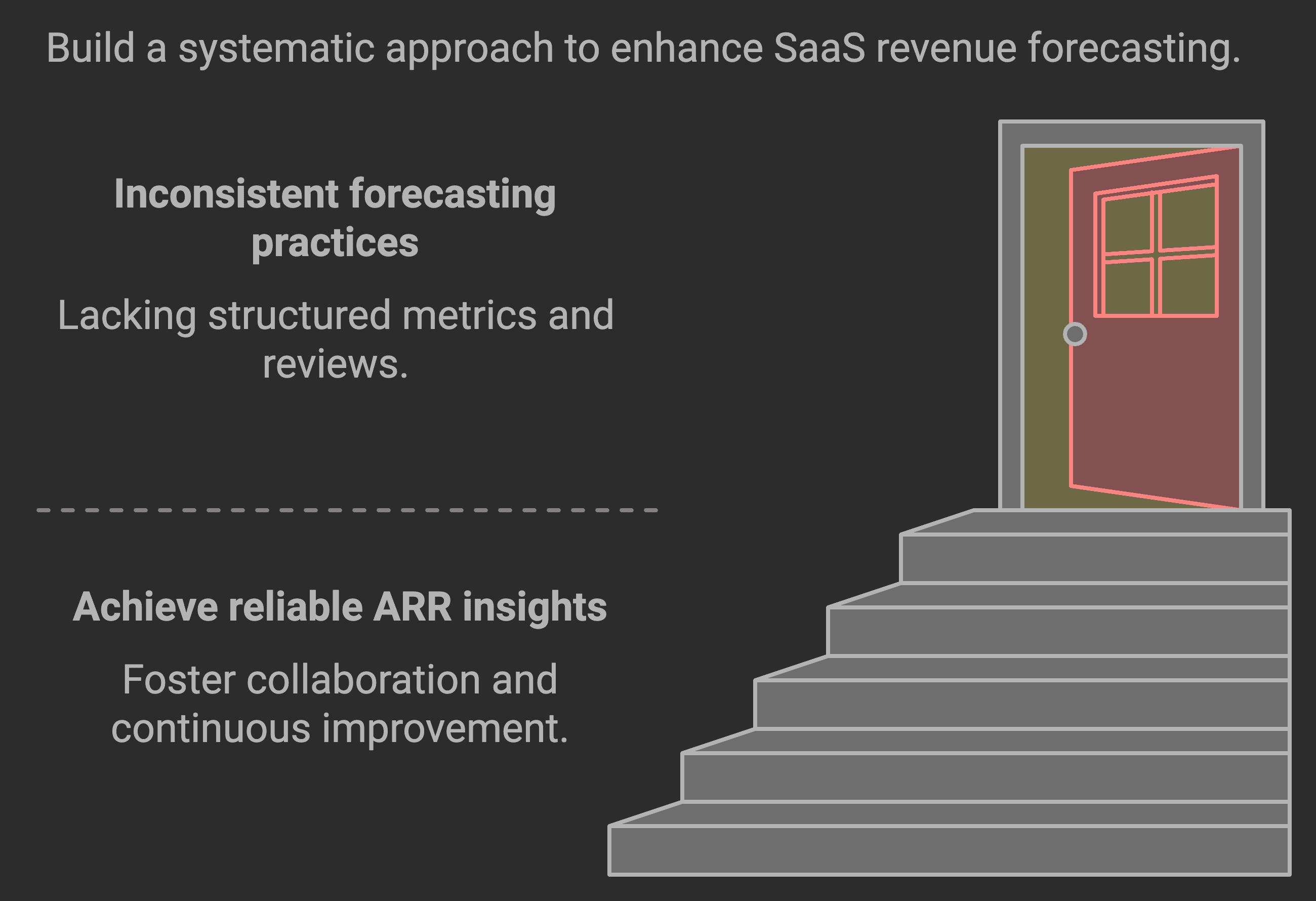
The Path Forward: Implementing Your ARR Strategy
Success with ARR forecasting requires more than just calculations—it demands a systematic approach:
Build Your Foundation
Choose appropriate metrics
Implement tracking systems
Establish regular review cycles
Refine Your Process
Test different forecasting methods
Document assumptions
Update models regularly
Drive Action
Share insights across teams
Set ARR-based goals
Create feedback loops
Remember: The goal isn't perfect predictions but better decisions. Start simple, iterate based on data, and gradually increase sophistication as your business grows.
Conclusion
Mastering SaaS ARR and revenue forecasting is an ongoing journey. By understanding the fundamentals, implementing the right tools, and continuously refining your approach, you'll gain the insights needed to drive sustainable growth.
Ready to take your ARR forecasting to the next level? Start by implementing one new technique from this guide and measuring its impact on your forecasting accuracy. Your future self will thank you.
Related Article

